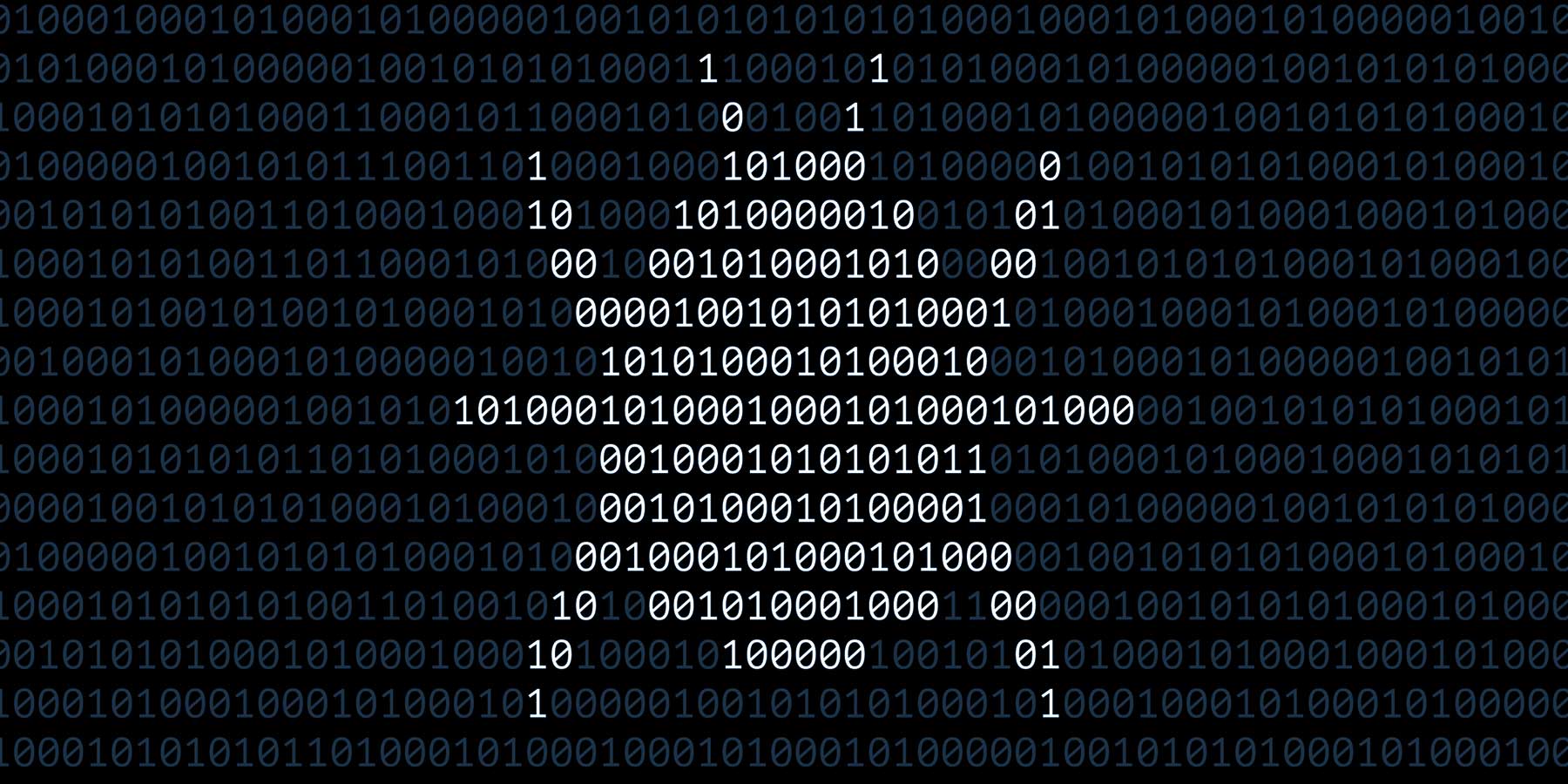Businesses run the risk of being attacked by cyber criminals every day, and must ensure that their cybersecurity can stand up to all types of direct and indirect attacks.
If your business is not sufficiently protected or has previously given in to a cyber criminals demands, you might find yourself under repeat attacks, especially if your systems have not been suitably cleaned and repaired.
In this article, we will go over what is ransomware, the different types of ransomware attacks you might face, how ransomware works, the cost of ransomware to your business and proven strategies to defend your business against any attack you might face.
What is a Ransomware Attack?
In simple terms, ransomware is a type of malicious software, often referred to as malware, that will threaten to block access or publish sensitive data your business might have. This is done by encrypting the date or system until a ransom is paid to the attacker within a certain deadline.
The main aim of ransomware is to extort funds from companies by blocking important data behind encryption keys.
Cyber criminals will look to extort companies over private citizens as a business is much more likely to pay the ransom. It has been found that businesses that do pay the fees that come with ransomware, are then much more likely to be targeted in the future.
Ransomware attacks date back to 1989 with what was known as the ‘AIDs virus’. In 1996 ransomware was further developed and introduced at the IEEE Security and Privacy conference. The virus shown at the conference contained the attacker’s public key and encrypted the victim’s files. The malware then prompts the victim to send payment to the attacker to decipher and return the decryption key.
In essence, a ransomware attack is any sort of malware that is used to encrypt data such as files, applications, systems and databases, so they can no longer be accessed without paying for a decryption key within a certain period of time.
In many cases when the ransom is not met then the data will be released or the ransom will be increased.
How Ransomware Works
Ransomware can work in one of two different ways. The first way is by encrypting data that makes it no longer accessible. With the data out of reach, the business will then be contacted with the requested ransom, with the promise that once payment is made, they will provide a decryption key so the business can gain back the data that is hidden.
There is no guarantee that the decryption key provided will actually work, and can lead to further ransoming for the data or lead to more attacks.
The second way ransomware can work is by blocking access to the system with a lock screen. This lock screen will contain the details of the ransom. Again once the fee is paid there is no guarantee that the block will be removed.
Ransomware will often start in malicious emails and will begin to infect a system or database once an unsuspecting user opens an attachment or clicks on a url that has been compromised with the malware. After which the ransomware agent is installed and will begin to encrypt key files. Once the encryption is complete, you will begin to see the message explaining what has happened and the demands to unlock the data.
Virus vs Malware vs Ransomware – What’s the Difference?
Malware encompasses any sort of programme that has been designed to gain access to computer systems without the users permission. Malware covers a range of programmes from viruses, trojan horses, ransomware, spyware and any other malicious programs you can think of.
A virus is a piece of code that attaches itself to another program, which can either be harmless or can modify and delete data. When a programme runs with a virus attached, it will begin to perform an action such as deleting a file. Viruses cannot be controlled remotely like other pieces of malware.
So what is the difference between a virus and ransomware? The first difference is in how they operate. Viruses will attach to another programme and wait to be activated by running that programme. Ransomware will look to encrypt data or block access until a fee is paid.
Ransomware is much more harmful than a virus. Ransomware can only be removed by its creator through payment of the requested fee. Many viruses are blocked by antivirus software.
They also differ in their main objectives. Viruses only look to modify or delete information. Ransomware looks to take money from businesses by gaining access to their systems, and blocking that access from the business.
The two types of malware also differ in how they gain access. The main difference between phishing and ransomware is that ransomware generally gains access through phishing emails that have malicious attachments or links. Viruses come in as part of executable files.
Cost of Ransomware Attacks
As previously stated, ransomware can be extremely harmful to your business. It has been estimated that the cost of ransomware attacks on businesses will exceed $20 billion dollars by the end of 2022, with the average cost of ransomware having doubled in 2022.
These are shocking statistics that really put this issue into context.
For 2022, ransomware has been identified as a major threat to businesses. Many cybersecurity firms have predicted that a business will face a ransomware attack every 11 seconds. At this rate, it is further estimated that by the year 2031 Ransomware will reach a cost of $265 billion dollars.
All of these estimated costs are not just limited to the number of payments made, but what it will cost companies to mitigate damage and restore data after an attack. This issue should be of the utmost importance when budgeting and planning strategies for cybersecurity.
Strategies to Protect Against Ransomware Attacks
91% of cyber attacks begin with a phishing email, the delivery method for ransomware.
One of the best strategies to combat and prevent ransomware is by training all staff on how to recognise a phishing email, and then conduct regular unannounced tests to see its effectiveness and who may require further training.
Another effective strategy is to implement ransomware prevention best practices. These best practices can include all of the following:
- Introduce cybersecurity user awareness training for all staff
- Introduce email filters to identify suspect emails
- Maintain offline, encrypted backups of data.
- Regularly test and verify backups
- Create and maintain a cyber incident response plan
- Regularly patch and update all software and operating systems
- Consult with cybersecurity professionals
- Protect your business against ransomware
Ransomware is an extremely dangerous threat to any business. Blocking and encrypting your company’s data can be extremely harmful in many ways, and paying the requested ransom fee does not guarantee that you will gain back access to that data.
In 2021, ransomware cost businesses an estimated 20 billion dollars, with an attack taking place every 11 seconds.
Without the right strategy in place, a successful ransomware attack can seriously impact your business. By working with cybersecurity experts such as ourselves, you can begin to protect your business, educate your employees and keep your data secure.
Get in touch with our team to work on your cybersecurity strategy and overcome any challenges you might have. Call us on 01252 917000, email enquiries@bluefort.com or get in touch with us via our contact form.

